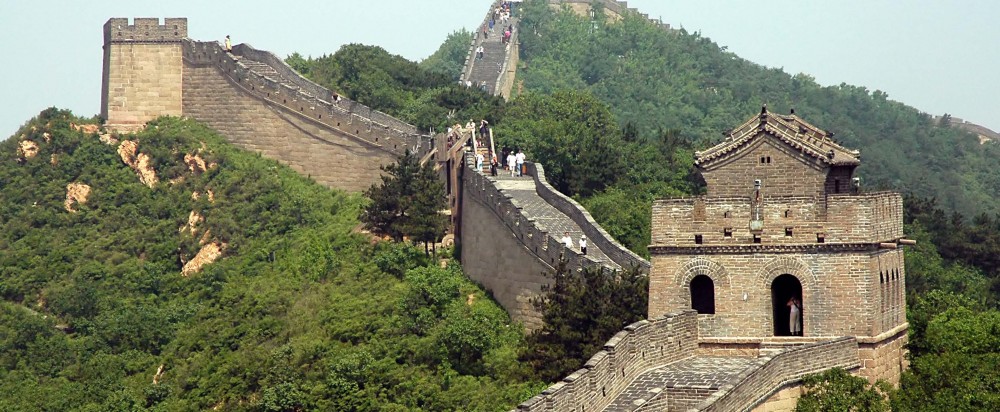Recognizing the increasingly prominent bottleneck of water scarcity to the economic development and the low investment in water conservancy projects is an important reason for the release of the Central Document No. 1 of 2011. It was an important milestone in China’s strategic water development. For the first time, the Document explicitly pointed out that water constitutes “the origin of life, the key element of production, and the basis of ecology”. It emphasized that “speeding up the reform of water conservation is not only important for flood control security, water supply security, and food security, but also important for economic security, ecological security and national security”. Water conservancy projects are set as a priority area for the government’s future investment. The annual investment to water conservancy is doubled compared to the level of 2010. A total of 4 trillion Yuan ($618.8 billion) is planned to be allocated for water conservation in the next 10 years.
Implementing stringent water resources management is a key feature of Document No. 1. Three “redlines” are set to control the national water use, water use efficiency and water pollution. As a follow-up document, in 2012, the Chinese Central Government released the “Opinions of the State Council on the Implementation of the Most Stringent Water Resources Management”. The Opinions concretised the three “redlines” mentioned in Document No. 1 by setting quantitative goals for 2020 and 2030. By 2030, the national total water use is controlled within 700 billion m3; water use productivity should reach or be close to the world advanced level; water use intensity of CNY10,000 industrial added value should be reduced to less than 40 m3, and irrigation water effective utilisation coefficient should increase to more than 0.6; total major pollutants into rivers and lakes will be controlled within the pollutant discharge capacity in the water function zones, and water quality compliance rate in the water function zone will reach 95%. The three “redlines” at the national level are now allocated to river basins, provinces, cities and even counties with quantitative targets (or local “redlines”). For example, China’s seven river basins conservancy commissions have worked out their master plans for 2020 and 2030 in line with the “redlines” for each river basin. By early December 2012, all the seven river basins’ master plans have been approved by the Ministry of Water Resources, and will be sent to the State Council for final approval. The realisation of these goals will shed great and long-term impacts on China’s water systems.

Three “redlines” in comparison of historical development of national water use, water use productivity and pollution control. Historical data on national water use, water quality compliance rate and irrigation water use efficiency are obtained from a series of Water Resources Bulletin from the Ministry of Water Resources. The water use intensity of industrial added value is based on the constant price of 2000.
The quantitative indicators for the three “redlines” make sure that the water management achievements are measurable, reportable and verifiable. Officials at the level of county and above are responsible for meeting the regional water resources management targets. More importantly, the effectiveness of water resources management will be added to the evaluation and promotion system for officials. This requirement may to a large extent change the ideological stereotype and force the local officials to pay special attention to water resources management in line with the goals defined by the three redlines.
Document No. 1 also emphasized the renewed effort for rural infrastructure development and rehabilitation of water conservancy projects. Currently, only about 45% of the water withdrawal can reach irrigated fields, due partly to the impairment of irrigation infrastructure. Repairing and upgrading existing irrigation facilities and technologies can substantially improve irrigation water-use efficiency. The document encouraged equal emphasis of investment on both large- and small-scaled rural water conservancy projects. In particular, many aspects that have been ignored in the past are addressed, e.g. rehabilitating small-scaled irrigation infrastructure and small dams, developing and improving rain-fed agriculture, removing or strengthening dangerous dams.

